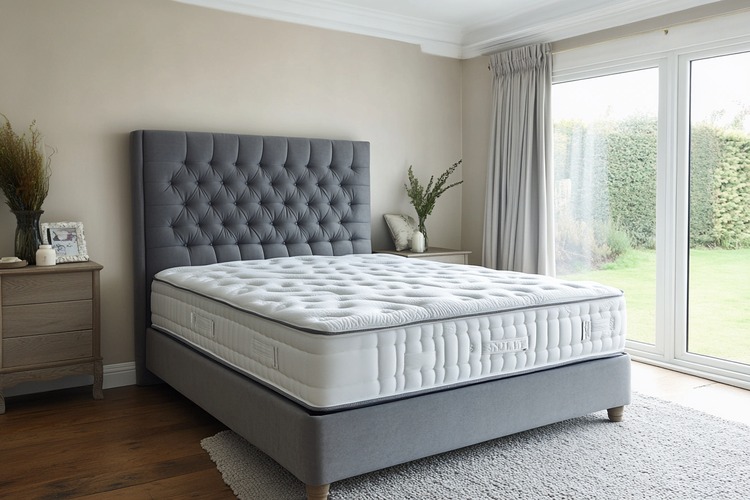Bedroom Remodel Guide: Smart Ideas for Comfort and Style
A bedroom remodel can transform a tired space into a restful, functional retreat. Whether you’re updating paint and textiles or rethinking layout and storage, remodeling is an opportunity to align interior design choices with how you actually live. Thoughtful decisions about furniture, lighting, flooring, and the bed itself will improve sleep, boost daily routines, and raise the long-term value of your home. This guide breaks the process into manageable steps so you can plan, design, and execute a bedroom remodel that balances comfort, beauty, and practicality.

How to plan a bedroom remodel
Start with clear goals: better sleep, more storage, a workspace, or a refreshed look. Measure the room and note fixed elements like windows, doors, radiators, and built-ins. Create a simple priority list (must-haves vs. nice-to-haves) and set a timeline that accommodates lead times for furniture and contractors. Consider hiring an interior designer for layout challenges or use local services for contractor bids and installation. Small changes—rearranging furniture, swapping window coverings, or updating light fixtures—can have big impact with modest effort.
What interior design style should you choose?
Identify a cohesive interior design direction early to guide color, materials, and accessory choices. Popular approaches range from minimalist and Scandinavian to modern farmhouse or contemporary. Use a mood board—digital or physical—with fabric swatches, paint chips, and photos to test combinations. Balance pattern and texture so the room feels layered but calm. Focus on a neutral base palette for walls and major pieces, then introduce colors and patterns through bedding, rugs, and artwork to keep the space inviting and personal.
How to select furniture for function and flow
Choose furniture scaled to the room: oversized pieces can overwhelm, while too-small items reduce comfort. Prioritize a well-proportioned bed frame and functional storage such as a dresser or built-in closets. If space is limited, opt for multi-functional furniture like beds with under-storage drawers or nightstands that double as work surfaces. Test furniture placements on paper or via simple room-planning apps to maintain clear circulation paths. When buying, consider delivery timelines and assembly; local services can assist with installation and disposal of old pieces.
How to use home decor for warmth and personality
Home decor accents define mood and tie design elements together. Layer textiles—sheets, blankets, throws, and rugs—to add warmth and acoustic softness. Window treatments should control light and privacy while complementing the room’s aesthetic. Choose artwork and decorative objects that reflect personal interests, but avoid clutter; each piece should have a place. Lighting plays a decorative and functional role: combine overhead, task, and accent lamps to create versatile scenes. Plants, mirrors, and books can add life and scale without overwhelming the space.
How to choose the right bed and layout
Selecting the bed and its placement is central to bedroom comfort. Start by choosing the right mattress size for your needs and room dimensions; the bed will dictate remaining furniture layout. Place the bed where it enjoys a natural focal point—often centered on a wall opposite the door or beneath a window if light is well controlled. Consider headboard height, bedside clearance, and room for nightstands. If you share the bed, check mattress support and partner-preference features. Proper placement improves traffic flow and creates a restful sightline when you enter the room.
Conclusion
A successful bedroom remodel combines practical planning, cohesive interior design, smart furniture choices, meaningful home decor, and a comfortable bed layout. Approach the project in phases—plan, select, and then implement—so decisions remain consistent and achievable. Thoughtful remodeling not only refreshes aesthetics but also enhances daily living and restfulness, making the bedroom a space that truly supports your lifestyle.






